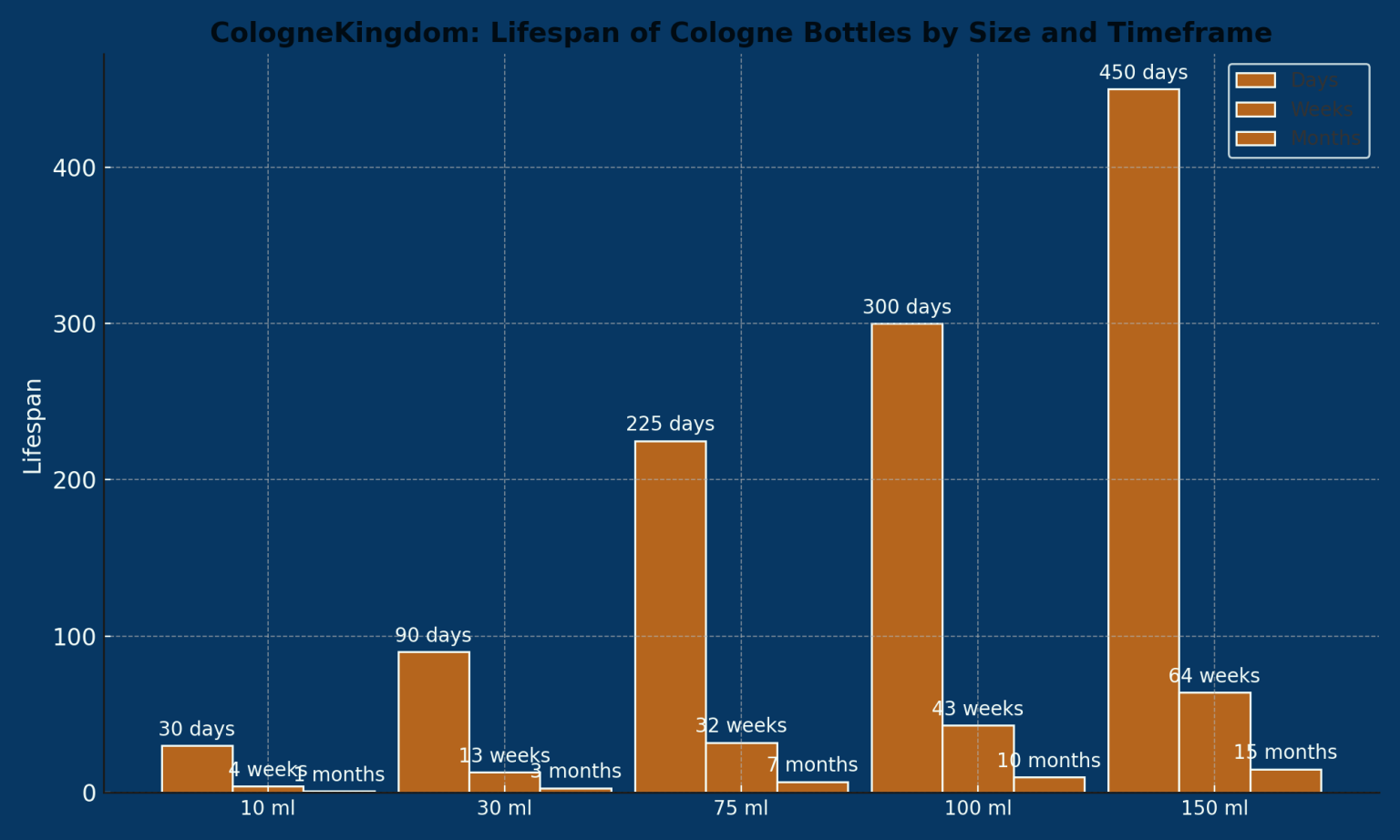The longevity of Eau de Cologne within its bottle is a complex topic often overlooked by fragrance enthusiasts. While many people focus solely on the scent’s immediate projection upon application, understanding the factors affecting the lifespan of a fragrance in its bottle can significantly enhance enjoyment and proper care of these olfactory treasures. In this article, we delve deeply into the elements influencing how long Eau de Cologne lasts in the bottle, offering a nuanced perspective on this fascinating subject.
The Nature of Eau de Cologne
Eau de Cologne is a specific classification in the world of perfumes, characterized by its lighter concentration of fragrance oils—typically around 2-5%. This lower concentration results in a fresher, more effervescent quality, making it a popular choice for daily wear. However, this also implies that long-term preservation is vital for retaining the scent’s nuances and vibrancy. The key to understanding its shelf life lies in grasping the chemical and physical properties of perfumes.
Factors Affecting Shelf Life
Several factors dictate how long Eau de Cologne can remain viable within its bottle. From environmental conditions to packaging, these elements play crucial roles in the preservation, stability, and longevity of the fragrance.
1. Storage Conditions
One of the primary influences on the longevity of Eau de Cologne is the storage environment. Fragrances are incredibly sensitive to temperature and light. Ideally, Eau de Cologne should be stored in a cool, dark place away from direct sunlight. Excessive heat and light can accelerate the degradation of volatile compounds, leading to a diminished scent profile. The ideal storage temperature is between 15°C to 20°C (59°F to 68°F). Avoiding fluctuations in temperature can also help maintain the fragrance’s integrity.
2. Bottle Design and Material
The design and material of the bottle itself are pivotal in determining how long the fragrance lasts. Dark glass bottles or opaque materials are preferred, as they shield the contents from light. Additionally, spray bottles with a tight-sealing mechanism help minimize air exposure. Oxygen is a fragrance’s nemesis; when air interacts with the perfume, it can lead to oxidation, altering the chemical make-up of the fragrance. Bottles that are not airtight may cause the perfume to evaporate more quickly.
3. Ingredients and Composition
The constituents of Eau de Cologne also significantly influence its longevity. Natural ingredients such as citrus oils and floral extracts typically have shorter shelf lives than synthetic compounds, which are often more stable. The complexity of the fragrance formula—combining head, heart, and base notes—can also dictate how a scent evolves over time. Fragrances rich in synthetics tend to last longer than those composed primarily of natural materials, which may undergo changes more rapidly.
4. Freshness and Production Date
The production date of the Eau de Cologne plays a critical role in its longevity. Unlike fine wines, fragrances do not improve with age; thus, fresh perfumes are optimal for enjoying the intended scent experience. When purchasing, always check for production dates or batch numbers, and aim to acquire products that have been recently manufactured. Ideally, one should use the fragrance within three to five years of purchase for optimal performance, although some high-quality formulations may last longer.
The Importance of Proper Usage
Beyond storage, the manner in which the fragrance is used also affects its longevity. Over-spraying can lead to accelerated evaporation, while excessive handling may introduce external contaminants. Moreover, applying Eau de Cologne directly onto warm skin can heighten its longevity by promoting the interaction of fragrance molecules; however, moderation is key to prevent overwhelming the senses or degrading the scent too quickly.
Identifying Signs of Deterioration
As time progresses, even with optimal storage conditions, Eau de Cologne can eventually show signs of deterioration. A significant change in color—from bright and clear to darker or cloudier hues—can indicate oxidation. Moreover, an altered aroma or a loss of the fragrance’s initial notes suggests that the Eau de Cologne may no longer be at its best. If you notice any irregularities, it’s wise to discontinue use as the integrity of the fragrance has been compromised.
Extending the Life of Your Eau de Cologne
To maximize the lifespan of your prized Eau de Cologne, consider the following tips:
- Store the bottle in a cool, dark area, away from windows and heat sources.
- Keep the cap on when not in use to limit air exposure.
- Avoid transferring your fragrance to smaller containers which can increase the air-to-liquid ratio.
- Always use clean hands when applying fragrance to avoid contamination.
- Be mindful of your application techniques to minimize excess evaporation.
Conclusion
The lasting power of Eau de Cologne within its bottle is an intricate interplay of various factors, including storage conditions, bottle design, ingredient composition, and proper usage. By understanding these elements, one can ensure not only the enjoyment of the fragrance but also its preservation for years to come. Whether you are an ardent fragrance lover or a casual wearer, adopting these practices can enhance your experience with Eau de Cologne, making it a more gratifying addition to your daily routine.

